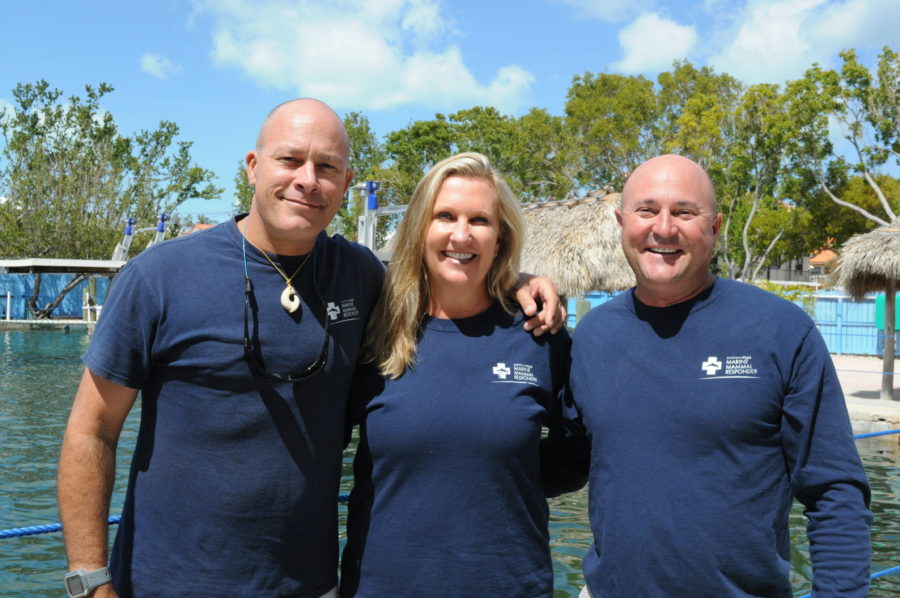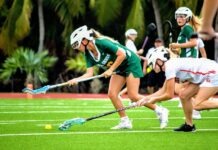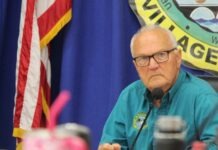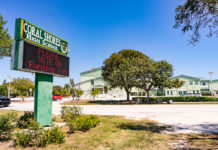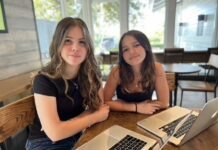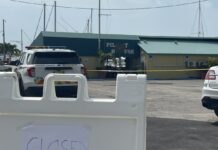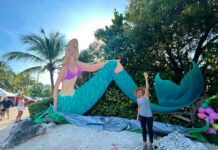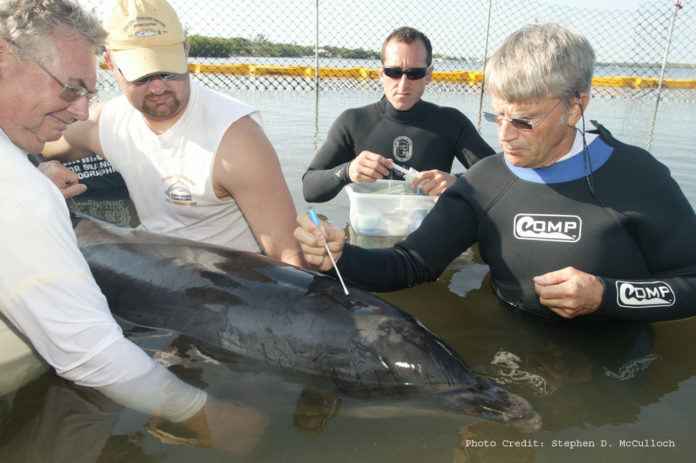
By interacting and connecting with the marine mammals at Dolphins Plus Marine Mammal Responder visitors can help save their wild counterparts.
Having recently earned its non-profit status, DPMMR is highlighting its program to educate the public on marine mammal species, while expanding its rescue efforts.
The agency operates within 10,000 square miles of marine habitat, from Cape Coral, to Fort Jefferson, over to the Marquesas Islands, and up to the southern edge of Biscayne National Park. Over the years, the group has responded to 648 marine mammal strandings.
The responders have actually been operating in the local waters for more than 35 years. It all started with Rick Borguss.
“Rick pioneered the rehab response for dolphins and whales in the Florida Keys in 1987. Prior to then anything that washed up on the beach was to be euthanized and samples would be sent to the National Marine Fisheries Service,” said Nancy Cooper, president and director of training for DPMMR. “The people that were at the helm at that point were pathologist and were trying to gain knowledge about why they were stranding.”
After rescuing and successfully rehabilitating a group of rough tooth dolphin, Borguss along with others later helped established the Marine Mammal Conservancy in Key Largo.
“It started as a small group of industry professionals working together during strandings. Once many of the volunteers gained skills, it then became a big group of volunteers working with a smaller group of industry professionals,” said Art Cooper, director of operations for Dolphins Plus Inc.
Borguss personally financed both the marine mammal rescue operations and conservancy.
The responders would continue their efforts for a number of years working with other organizations, agencies, and volunteers. However, in 1991, a highly contagious Morbillivirus began emerging in marine mammal populations, creating a serious concern about assisting in the strandings and then later introducing mammals into the resident population.
Morbillivirus in marine mammals causes respiratory issues, high fever, and if untreated can overheat and cause death, said Art. Unfounded speculation that the virus could affect humans also caused many to pull out of marine mammal responding, he said.
However, faced with this reality, the Dolphins Plus leadership decided it would create redundant sets of staff to have for strandings and full quarantine. The 48-hour quarantine not only applies to the facility, though; it applies to persons too, and since Art and Nancy share a home, Art goes to fellow responder Brandon Paquin’s.
Each response is different and can require diverse expertise and logistics – but it all starts with spotting the mammals first. The organization has enlisted the help of a slew of back-country fishing guides who act as the eyes of the organization.
“Guides locate the animals frequently and get the responders out to the strandings. They provide local knowledge of waterway navigation to get us out there, too,” said Art.
The organization’s core group of responders consists of four individuals: Steve McCulloch, Brandon Paquin, Gerhardt Besserer, and Art Cooper. The veterinary group that provides support includes Dr. Jillian Schwartz, Dr. Jo Fava, and veterinary technician Katie Hernandez. At least at one veterinarian goes on every response. Florida Wildlife Conservation Commission, the National Park Service, the Coast Guard, Monroe County Sheriff’s Office, the University of Miami’s stranding team (mostly undergrad and graduate students) and local volunteers, ranging from the dive industry to movie producers, round out the team.
The organization plans on continuing to train state and local government agencies in first response protocols, said Nancy.
Humans aren’t the only ones tangibly helping the rescue efforts. Dolphins Plus Marine Mammal Responders has eight resident Atlantic bottlenose dolphins ranging in age from 1 to 42 in its care. The majority of the dolphins were born onsite; however, part of how responders learn to interact with marine mammals during strandings is gained from studying behaviors at the facility.
The resident population is also helping its wild counterparts by providing baseline results for health and environmental risk assessments, acting as a sort of “canary in a coalmine.” An aggressive flesh eating fungal disorder called Lobomycosis has been detected in dolphin populations on the east and west coast of Florida, said Art, but thankfully, no cases have been detected in the Keys.
“The assessments will act as a baseline for animal health as things change around the Everglades,” said Nancy, “especially Tarpon basin, where a photo ID permit has been submitted for a population study of wild dolphin,”
In the near future the facility may expand its sea fronting pen spacing. The organization is looking into repurposing the former conservancy as a “stranding center,” and considering partnering with Crane Point Hammock in Marathon to potentially establish a temporary triage site.
To donate or get involved with Dolphins Plus Marine Mammal Responder, visit dpmmr.org, or call 305-453-4321. To report a stranding, call 888-404-FWCC. The facility is located at 31 Corrine Place, Key Largo.
